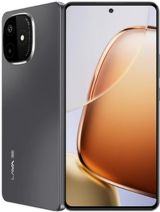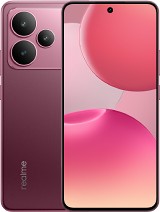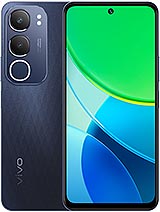Oppo K13x alternatives
Tap above to see alternatives.
Vivo Y29 alternatives
Tap above to see alternatives.
2x2.4 GHz Cortex-A76
6x2.0 GHz Cortex-A55
2x2.4 GHz Cortex-A76
6x2.0 GHz Cortex-A55
6GB 128GB (UFS 2.2)
8GB 256GB (UFS 2.2)
6GB 128GB (eMMC 5.1)
8GB 128GB (eMMC 5.1)
8GB 256GB (eMMC 5.1)
OmniVision OV50D, f/1.8, (wide), PDAF
2 MP,
f/2.4, (Mono)
f/1.8, (wide), 1/1.95", 0.8µm, PDAF
0.08 MP
f/3.0
GalaxyCore GC08A8, f/2.0, (wide)
f/2.0, (wide)
SIM1: Nano, SIM2: Nano (Hybrid)
SIM1: Nano, SIM2: Nano
9 5G bands
n1, n3, n5, n8, n28, n40, n41, n77, n78
8 5G bands
n1, n3, n5, n8, n28, n40, n77, n78
Both Oppo K13x and Vivo Y29 feature the Mediatek Dimensity 6300 (6nm), offering similar performance levels in day-to-day use.
Oppo K13x offers 2 years of OS updates, whereas Vivo Y29 provides 1 years. Both phones receive the same 3 years of security updates.
Both Oppo K13x and Vivo Y29 use LCD screens. Both smartphones offer the same 120 Hz refresh rate. Both devices deliver the same brightness level at 1000 nits. Both phones have the same screen resolution.
Oppo K13x comes with a larger 6000 mAh battery, which may offer longer usage on a single charge. Oppo K13x also supports faster wired charging at 45W, compared to 44W on Vivo Y29.
Oppo K13x offers better protection against water and dust with an IP65 rating.
- Vivo Y29 – Check price here
¹ Scores can vary even with the same chipset due to RAM, thermals, and software optimization.












